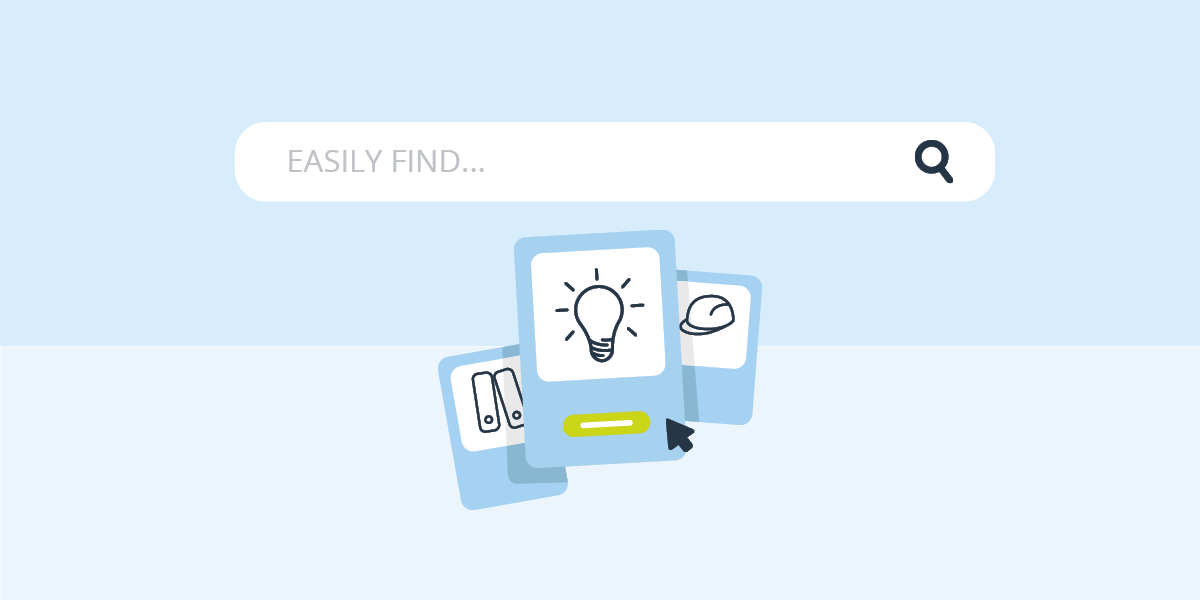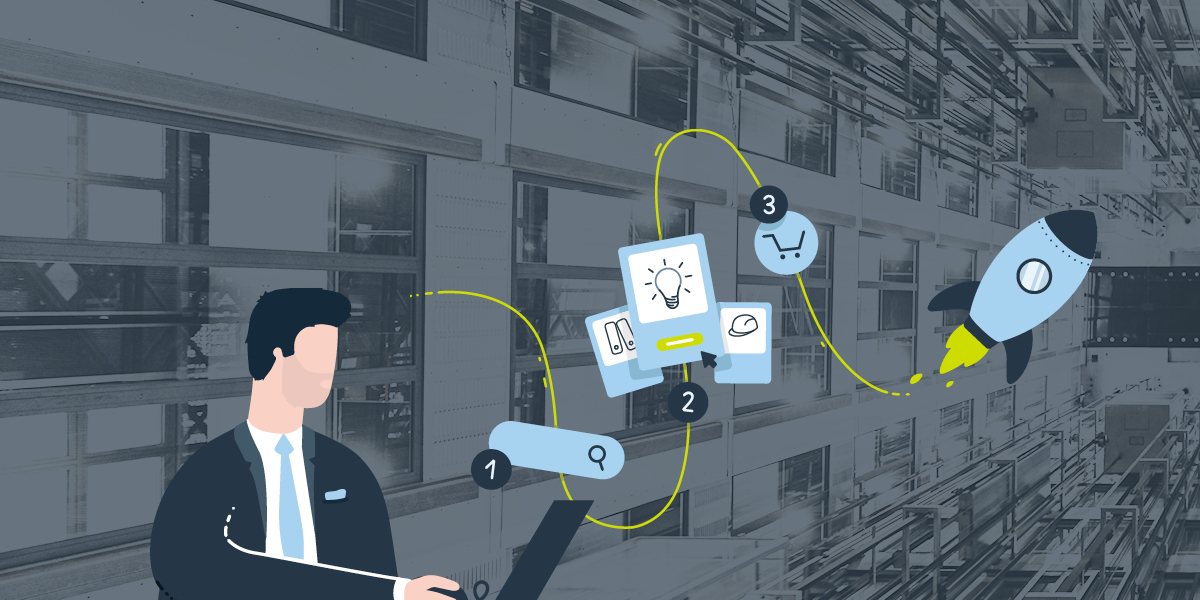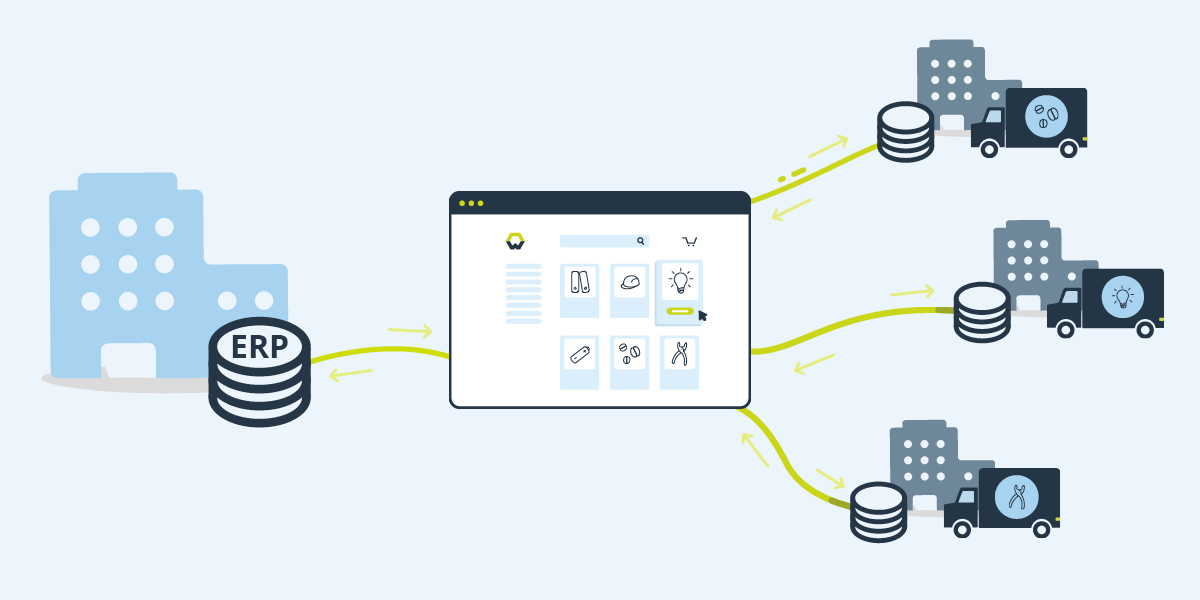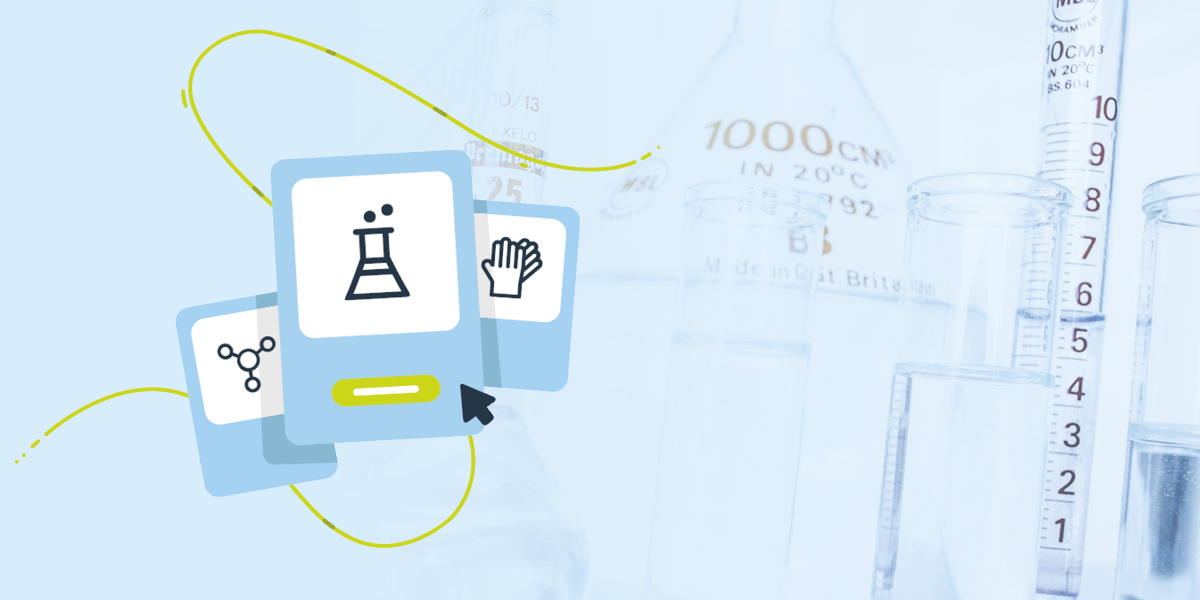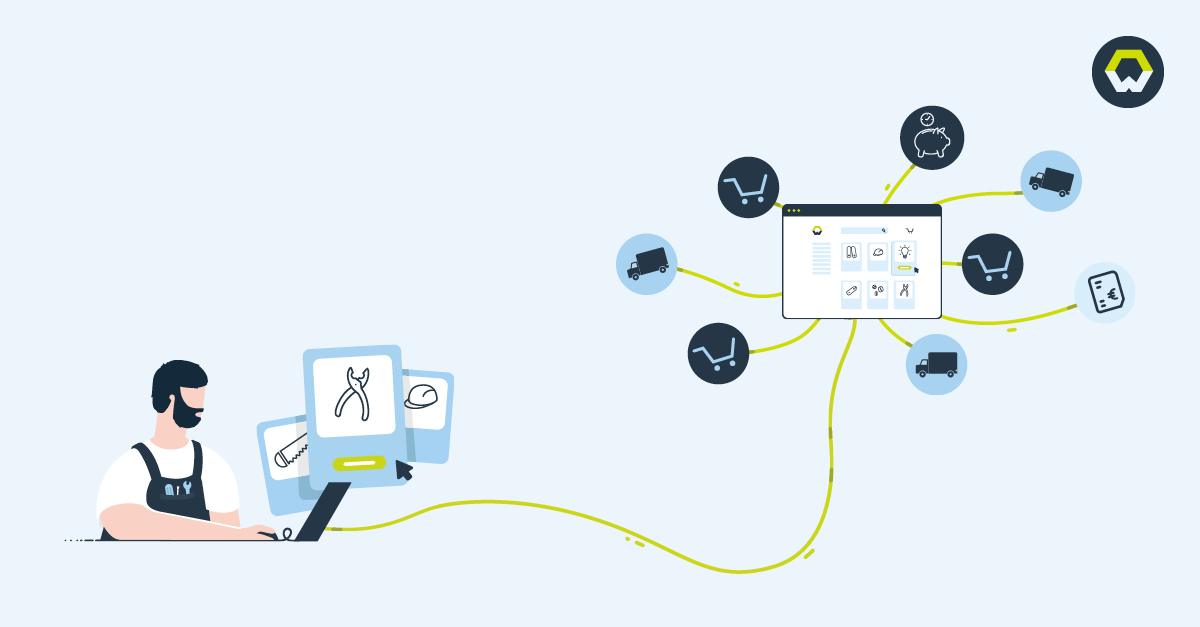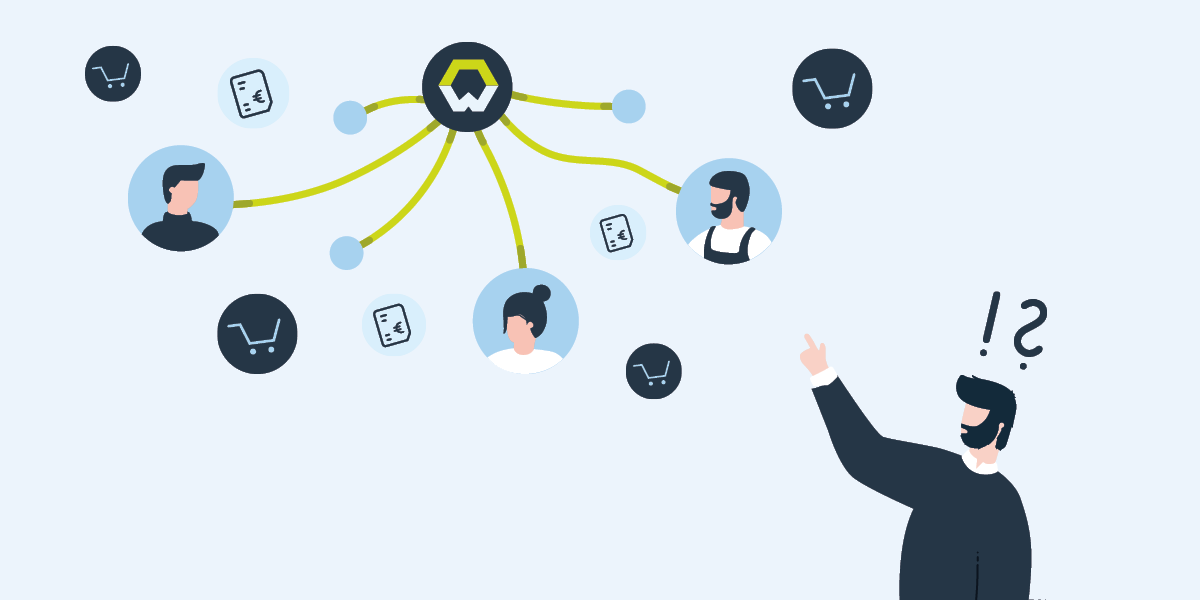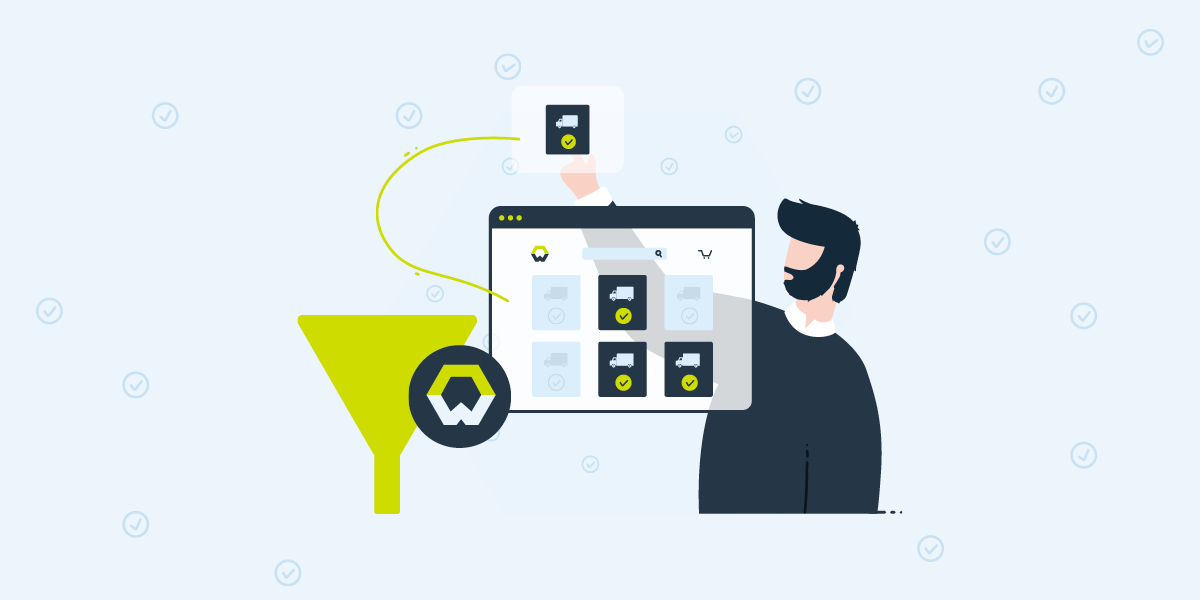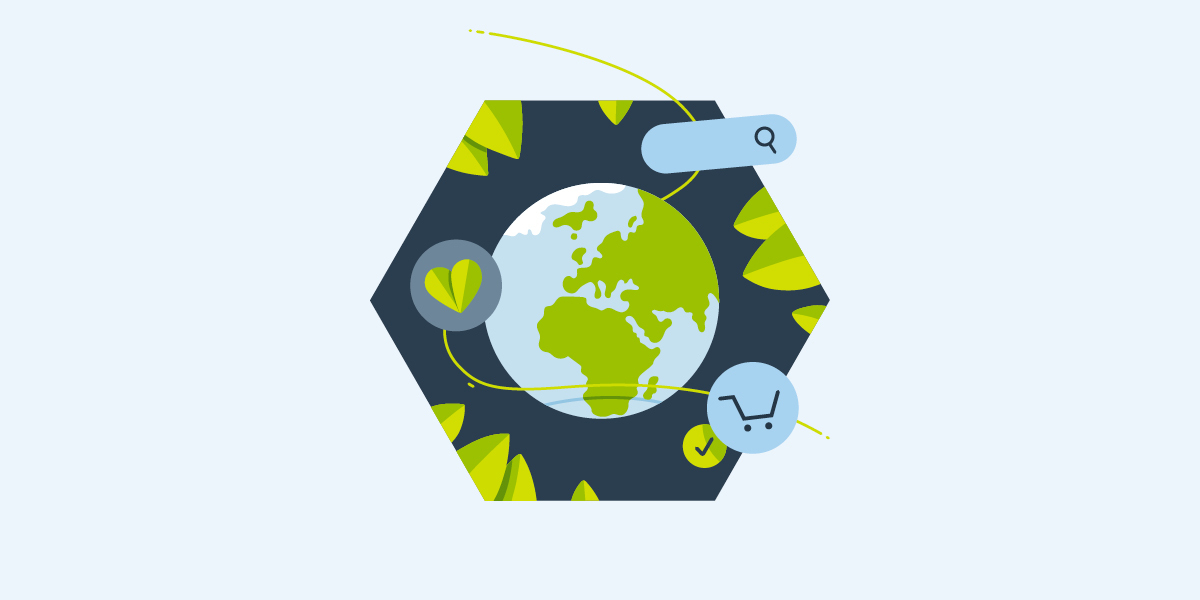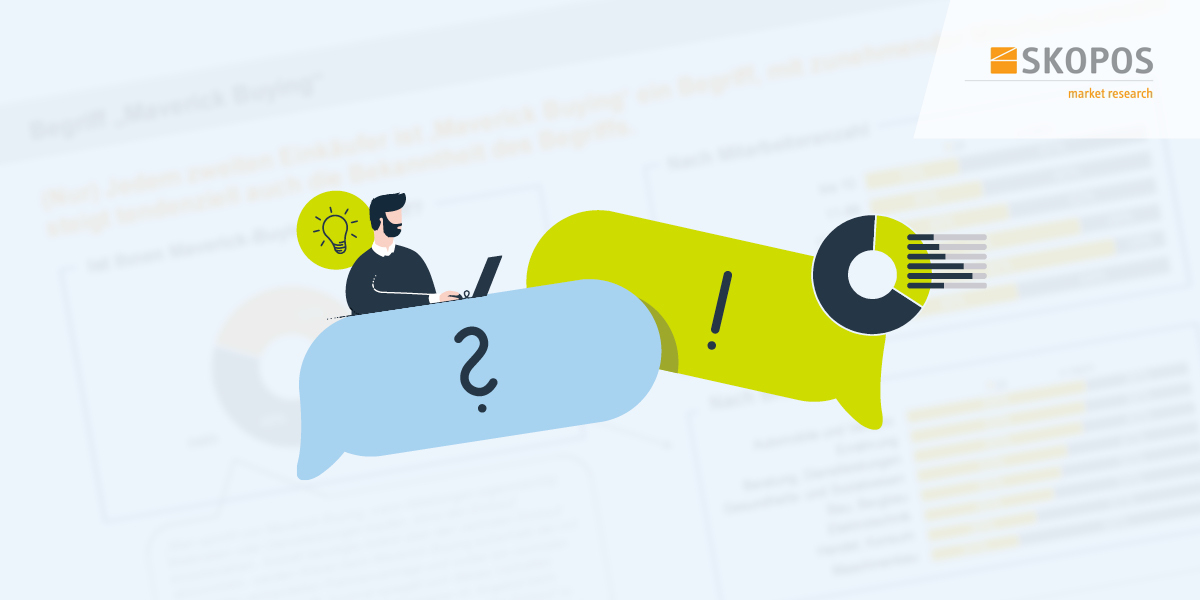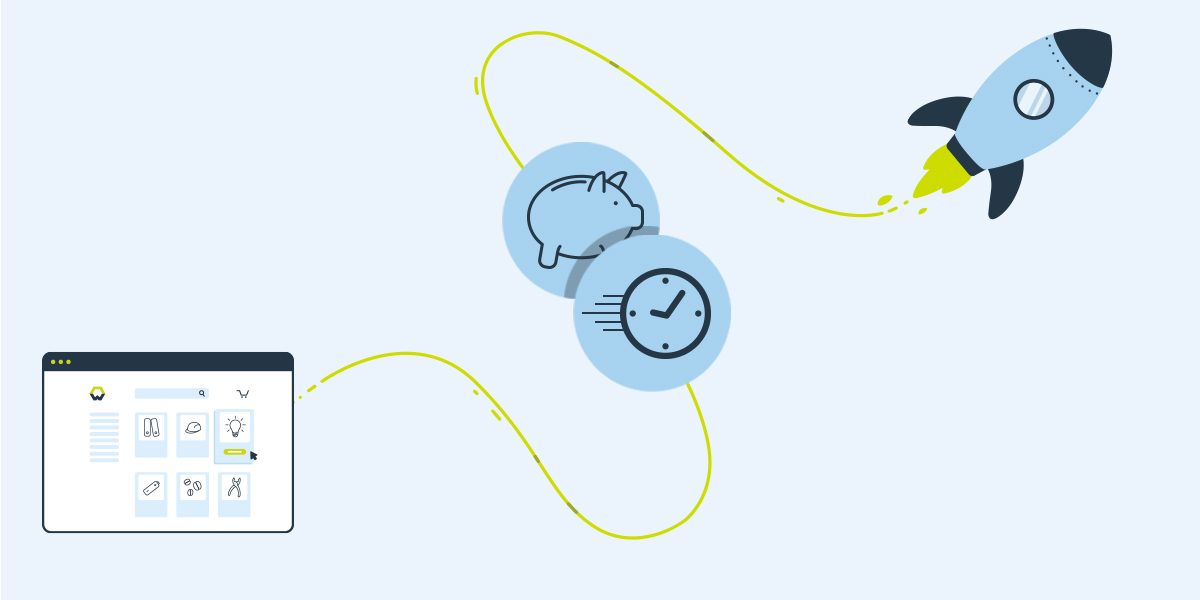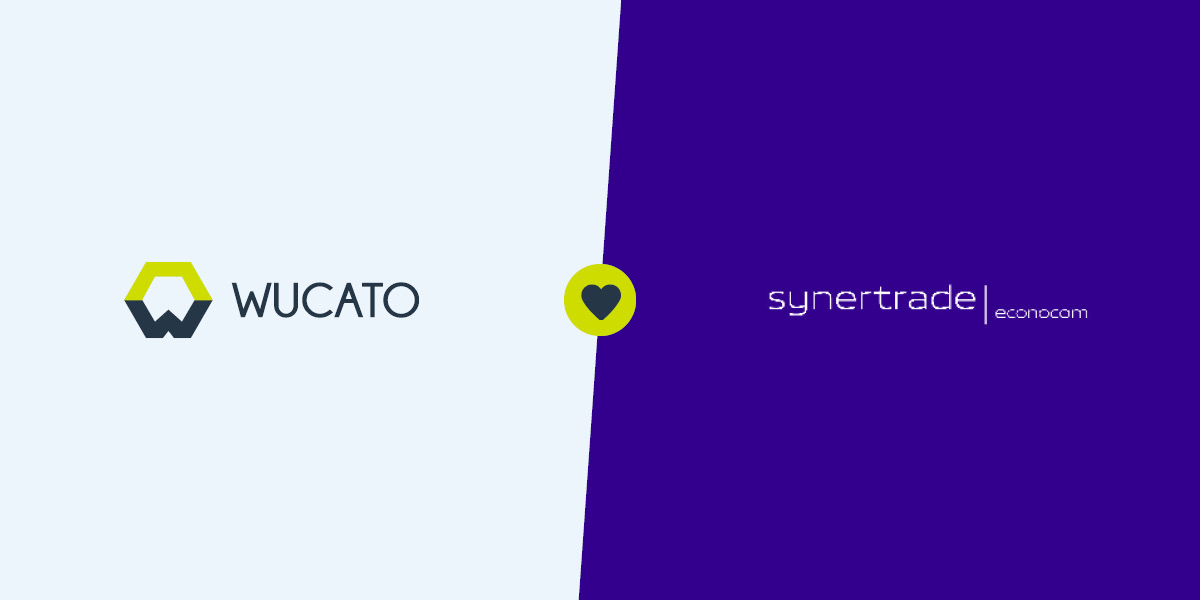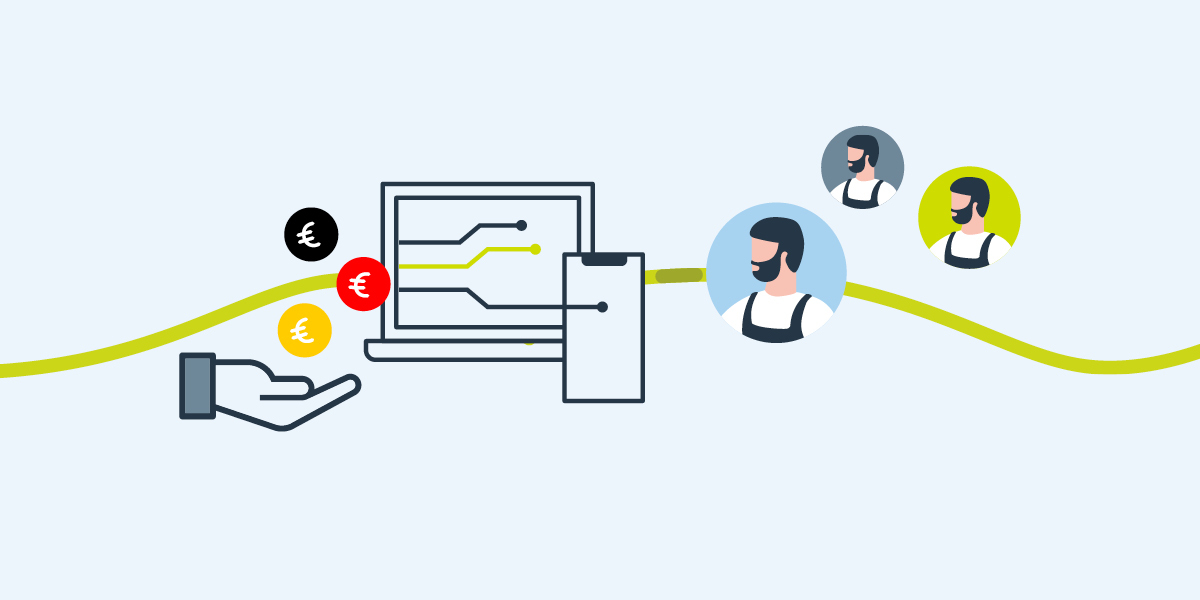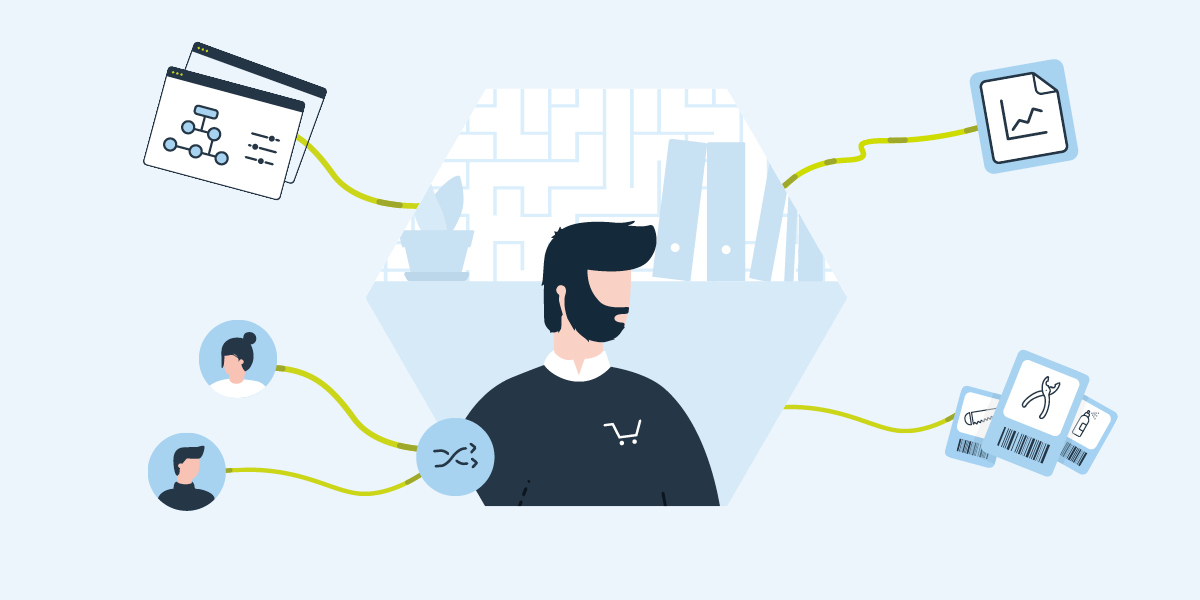Safety first: buy and transport hazardous goods reliably with Wucato
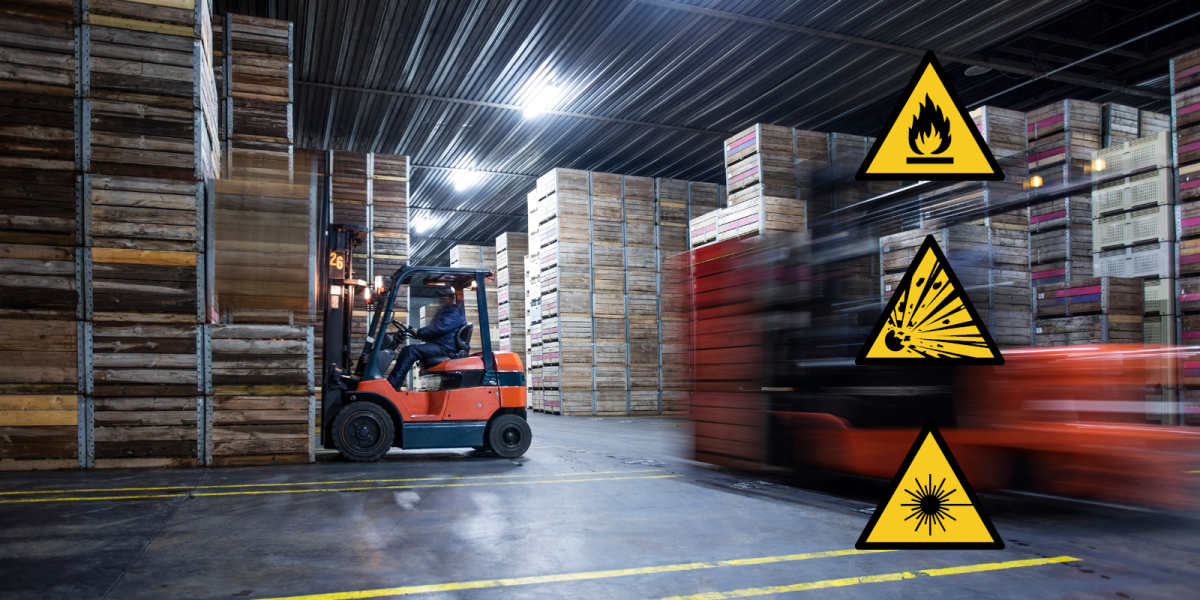
Countless guidelines, extensive expert knowledge and what is often a high risk that needs to be managed: purchasing hazardous materials and chemicals is challenging and difficult to compare with the procurement of C parts and operating materials. What do buyers need to be aware of? And how can Wucato make their work easier?
Be it in our bathroom cabinets, in the kitchen under the sink or next to the car in the underground garage: we are surrounded by hazardous materials in our lives outside of work. It is estimated that every household in Germany has 25 to 35 liters of hazardous materials that are highly flammable, environmentally hazardous or even acutely toxic. Although the maximum storage quantity for individuals’ own use is limited by law to 20 liters, this is rarely adhered to or checked. But what legislation applies in the corporate sector? And what does procurement have to bear in mind when buying dangerous goods? We provide insights into the world of hazardous materials and illustrate the options that Wucato offers to optimize procurement.
What makes hazardous materials so hazardous?
Every day, companies order hazardous liquids or solids, transport them across the country and use them in various manufacturing processes. According to the German Federal Statistical Office, more than 300 metric tons of hazardous materials are transported in Germany each year, around half of them by road. The life and health of humans and animals have to be protected at all times, because accidents involving even the smallest quantities of certain substances have significant implications for the environment.
The list of hazardous materials is long, ranging from rare gases to everyday substances familiar from chemistry class at school, such as potassium or sodium. How hazardous materials are identified and which ones exist at all is centrally defined in Germany's Hazardous Substance Database maintained by the Institute for Occupational Safety and Health of the German Social Accident Insurance . Together with logistics, customers need to know how these high-risk goods are transported, what preparatory and follow-up action is necessary when packaging or unloading them, and what action the company will take in the event of an accident.
What is the difference between dangerous goods and hazardous materials?
The terms are often used synonymously, but actually have different meanings: by definition, dangerous goods and hazardous materials are not the same thing. Dangerous goods describe substances or objects that could pose a risk to humans, animals and nature during transportation due to their properties. If the object reaches the company and is then stored safely, it is referred to as a hazardous material.
How to handle dangerous goods correctly
When it comes to purchasing hazardous materials, buyers exert more of an influence over safety within the company than they may realize. Together with its contacts inside and outside the company, procurement plays a significant role in protecting the company’s own workforce. The hazardous materials officer has a special expert role to play in this process. As soon as companies have to handle dangerous goods in their own production or transportation operations, a large number of regulations apply. This is why there are hazardous materials officers who ensure compliance with the legislation, monitor processes involving dangerous goods and provide advice to procurement, warehouse staff or the management. The hazardous materials officer also has a legal obligation to document dangerous goods used in an annual report. As a result, buyers should make sure they forward orders for hazardous materials to the hazardous materials officer.
Hazardous materials are labeled and classified based on their properties to make handling as easy as possible for the individuals responsible. Colored warning signs with eye-catching symbols make it clear whether the hazardous material is highly flammable, corrosive or even radioactive. These hazard warnings can also feature numbers (or letters) providing information on the hazard category (or, in the case of explosives, on “compatibility groups”). Chemical producers set out other important data in their own safety data sheets (SDS), which must be forwarded to customers. Based on this information, buyers and hazardous materials officers can see what requirements they have to comply with in terms of storage, the maximum quantity they are allowed to store in the company at any one time, and whether they may need additional hazardous materials cabinets.
Last but not least, companies have to observe other safety regulations governing the transportation, packaging, loading and unloading of dangerous goods. Depending on the means of transport used, different regulations apply which are largely consistent worldwide.
Secure, transparent and automated purchasing with Wucato
Although Wucato itself cannot exert any influence over the transport of dangerous goods, it only presents suppliers who have shown that they adhere to international standards and guarantee safe transportation to its customers. Suppliers package hazardous items separately, add all of the necessary labels to the goods, and never transport hazardous goods in a package containing other orders. If necessary, suppliers send hazardous materials with a unit of the fire department specialized in such materials. Wat is more, only hazardous materials that distributors and suppliers have submitted together with a safety data sheet (SDS) are included in the procurement platform. This means that buyers can download the important SDSs directly from their order history and do not have to request them separately from the supplier.
Wucato also provides an easy solution for automating annoying coordination processes. When it comes to the procurement of dangerous goods, the mapping of roles, approvals and sign-off processes within the platform is particularly helpful. Buyers can involve their hazardous materials officers by giving the latter their own account so that they are notified directly by e-mail about orders and can check and approve items in an instant. With Wucato, all of the employees who need to be involved always know who orders which hazardous materials and what to look out for. Ordering restrictions can also be defined so that only certain colleagues buy hazardous materials. This saves time and makes work easier.
As an additional service, the sales experts at Wucato receive annual training on the current guidelines that apply to dangerous goods procurement, meaning that customers can also contact the support team if they have specific questions. Together with suppliers, Wucato employees ensure that buyers have all of the information and documentation they need for their own processes. Customers also benefit from exclusive services in the event of complaints: if companies receive defective goods, Wucato's support team requests the complaint documents from the supplier and forwards them to the buyer.
What can you buy from Wucato for your business?
Be it building materials, paint, solvents, adhesives or assembly cleaners: on Wucato, buyers can find approximately 90,000 products from high-quality suppliers with a hazardous materials label. Other requirements in the area of occupational safety, packaging or labeling can also be met using the purchasing platform – such as in the chemical and pharmaceutical industry .
Use Wucato now for the reliable and automated procurement of hazardous materials or become a supplier and join Germany's leading B2B procurement platform.
More articles from the category "C-Parts-Management"
